Toner is a good thing on the one hand because it can correct the color of your hair after you use a permanent dye or apply bleach. However, although hair toner is a great product for neutralizing unwanted undertones, it can make your hair look dry and brittle after going through the process of hair toning.
But here is the question: does hair toner actually damage your hair?
This is what we are going to figure out today. We will do our best to explain how hair toners affect your hair and whether they actually cause any damage to your locks.
Also, you will learn how hair toner works. It will help you better understand the principles of its work.
Finally, we will tell you why using toners doesn’t actually lead to any serious hair damage, and what steps can be taken in order to protect your hair from even the slightest harm that a toner might cause.
Does Hair Toner Damage Your Hair?
Does using a hair toner cause any damage to your hair? This is the most frequently asked question that people ask and unfortunately, the answer is yes. Of course, we all know that hair toners contain less ammonia compared to bleach and hair dyes. However, even a toner still contains some ammonia which may lead to certain hair damage, well, unless you are using an ammonia-free product!
But why does your toner contain ammonia if it’s not actually used for applying the pigment?
See, ammonia plays a crucial role in the bleaching and dyeing process. This chemical is used for lifting the cuticles of your hair and also, it allows the bleach to dissolve melatonin cells or permanent pigments to bond with the hair strand.
However, there is a downside that ammonia has: it leaves the hair follicles damaged. As a result, your hair may feel dry and brittle after you use ammonia-containing products.
Of course, your toner doesn’t contain the same level of ammonia as bleach or permanent hair dye! Nevertheless, even this small amount of the chemical is enough to worsen the dryness caused by bleaching or coloring your hair.
But although your hair toner can damage your locks, the effects will vary depending on the product and application method you use. Nevertheless, you should still take care of your mane if you are going to dye it and use toner as well. Below, we will explain how this can be done.
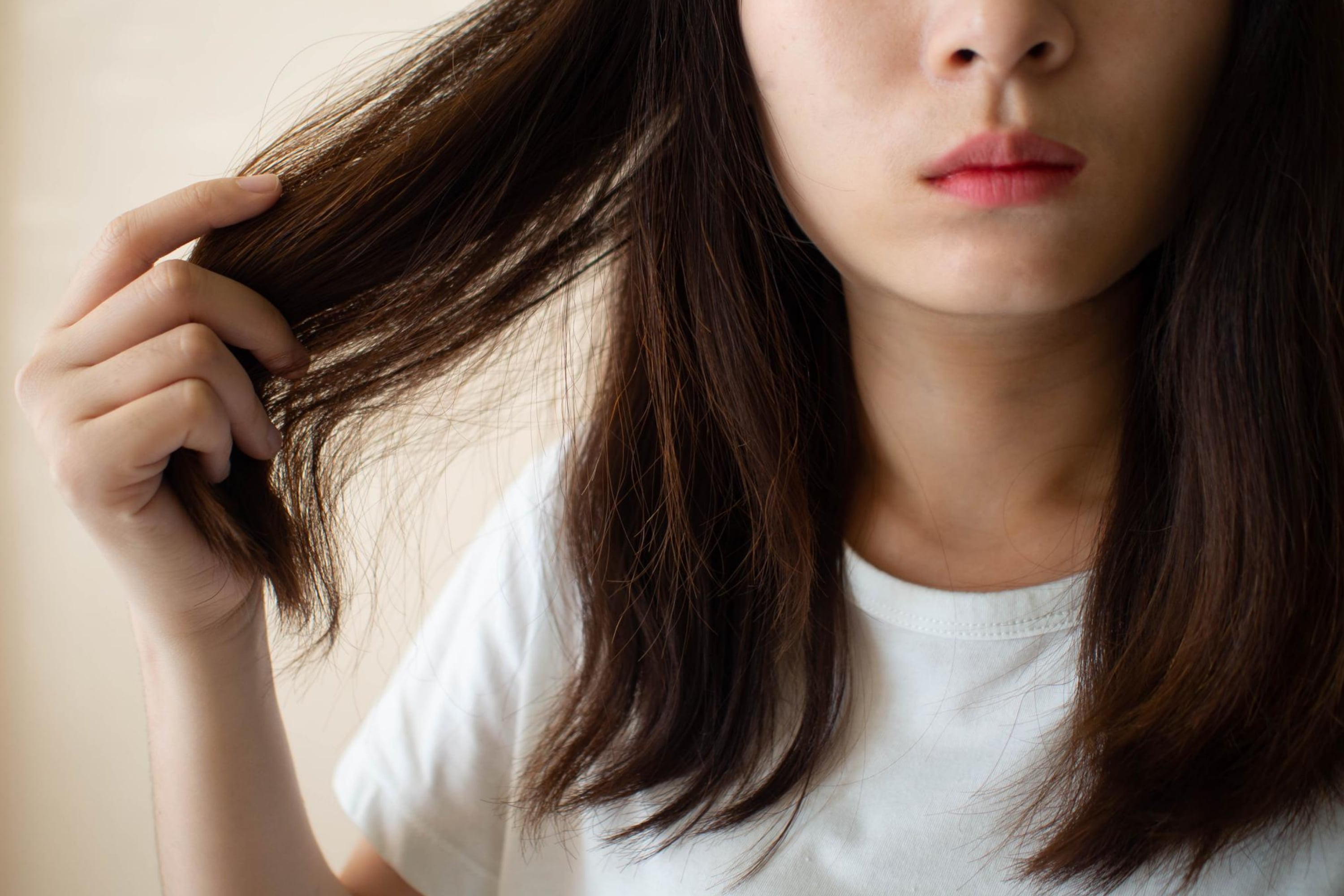
How Does a Hair Toner Work?
If you have ever dyed your hair even once, you know that there is hair toner that is included in a hair dyeing kit. Why is it there?
See, hair toner is a product that shall be applied after you bleach or dye your hair. The purpose of its use is to adjust the undertones of your hair and as a result, achieve a specific color you need.
In simple words, hair toner can either enhance cool tones in your hair or remove unwanted yellowish or brassy tones that usually show up after bleaching.
In fact, hair toner works as a mild hair dye. Its pigmentation also varies depending on the brand of the particular product. Usually, hair toners used by professionals have a higher concentration of pigment than those that are used for the mass market.
There is one more thing that you should know about hair toners and this thing is connected with the final color you get after you tone your hair. If you are familiar with color theory, you know that the colors situated on the opposite side of the color wheel neutralize each other. So when you are correcting your hair color, toner allows you to introduce a hue that will neutralize unwanted tones.
To make it easier for you to understand what we mean, here is an example for you: imagine that you get yellow tones in your hair after bleaching.
In this case, a purple toner will be a popular option to go for because purple is located on the side of the color wheel that is opposite to yellow and orange. As a result, the purple hue will neutralize the yellowish or orangey hue you want to get rid of!
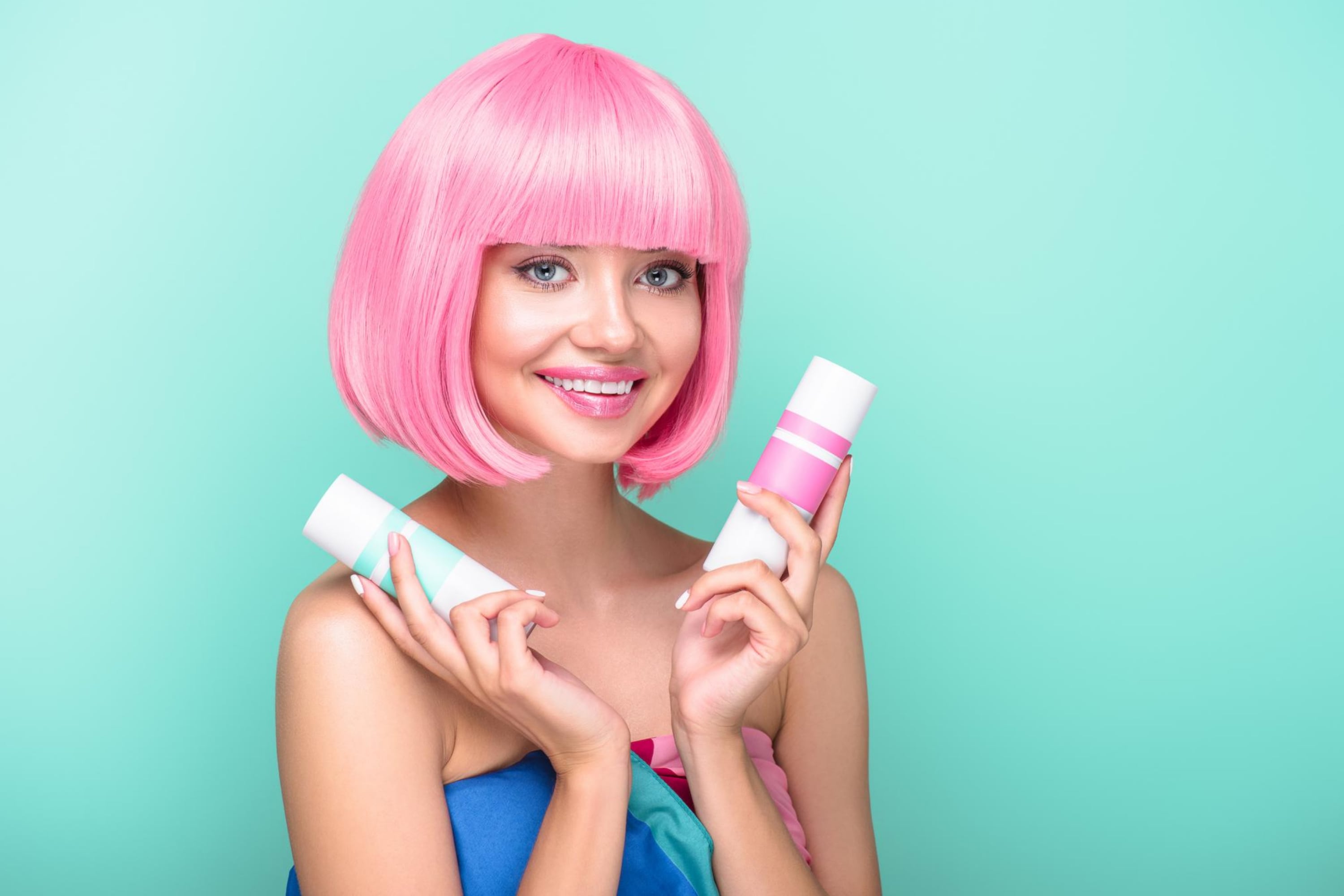
Why Does Toner Usually Not Cause Serious Damage Or Not Cause Damage at All?
We told you that hair toners do pose a certain danger to your hair. Nevertheless, in most cases, the damage caused by this product is so minimal that it can hardly be noticed! And this happens not only because you use a toner after you bleach or dye your hair which means it simply won’t be able to make more harm than the dye already did.
In order to understand how the process of a hair toner application can damage your hair, let’s take a closer look at the structure of human hair.
First of all, you should know that fibrous proteins make up from 65 to 95% of the hair structure. As the hair grows out of the shaft, the follicle starts to form around it.
The follicle consists of three layers. Those layers include the cuticle, cortex, and medulla.
- The cuticle is the outer layer of the follicle. Its purpose is to protect the hair and guide its growth
- The middle layer, the cortex, is where your hair pigment cells can be found, as well as keratin cells
By the way, it’s keratin cells that make your hair look smooth and glossy. And when you bleach your hair or apply any hair dyeing product that contains ammonia, the chemical (ammonia) opens up the cuticle. Then it goes further and penetrates the cortex where it dissolves melanin and strips hair of its natural color.
If you apply permanent hair dyes to your hair, pigments will penetrate the cortex of your hair and bond with the hair cells. This is why it is recommended that you use a conditioner after this process. By conditioning your hair, you will be able to close the cuticle.
But even with proper conditioning, some damage will always take place when you apply ammonia-based products to your hair. Unlike them, hair toner tends to cause less damage since it contains lower levels of ammonia.
But it would be a mistake to believe that toners will leave your hair totally unharmed. When you apply toner after bleaching or dyeing your hair, it can still worsen the damage caused by these products.
As a result, your freshly bleached or dyed locks will get dryer and more brittle. And of course, if you apply hair toner frequently enough and you have been doing it for a long period of time, it can worsen the damage and result in hair that looks and feels brittle and dry.
In addition, frizz may also develop.
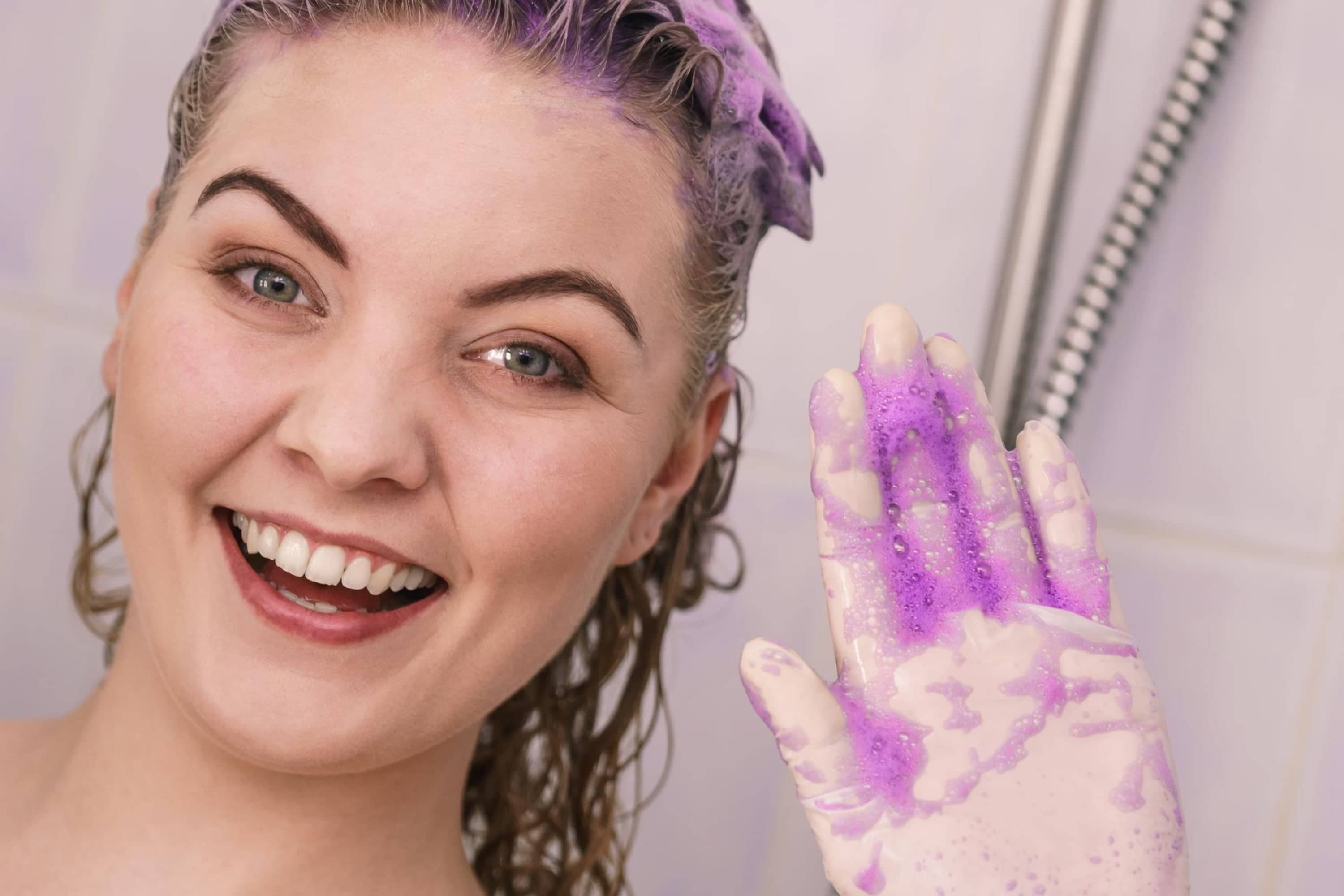
How to Avoid Damage When Using a Toner?
For sure, most of you are now wondering whether it is possible to reduce the damage caused by hair toners somehow. Everyone knows that dealing with frizzy and dry hair is bothersome, besides, treating frizz and dryness takes some time, as well as effort and money.
Luckily, you can take a few preventive steps to try to avoid possible harm. Below, we have prepared a list of steps you can take to bring down the damage that might be caused by using a hair toner.
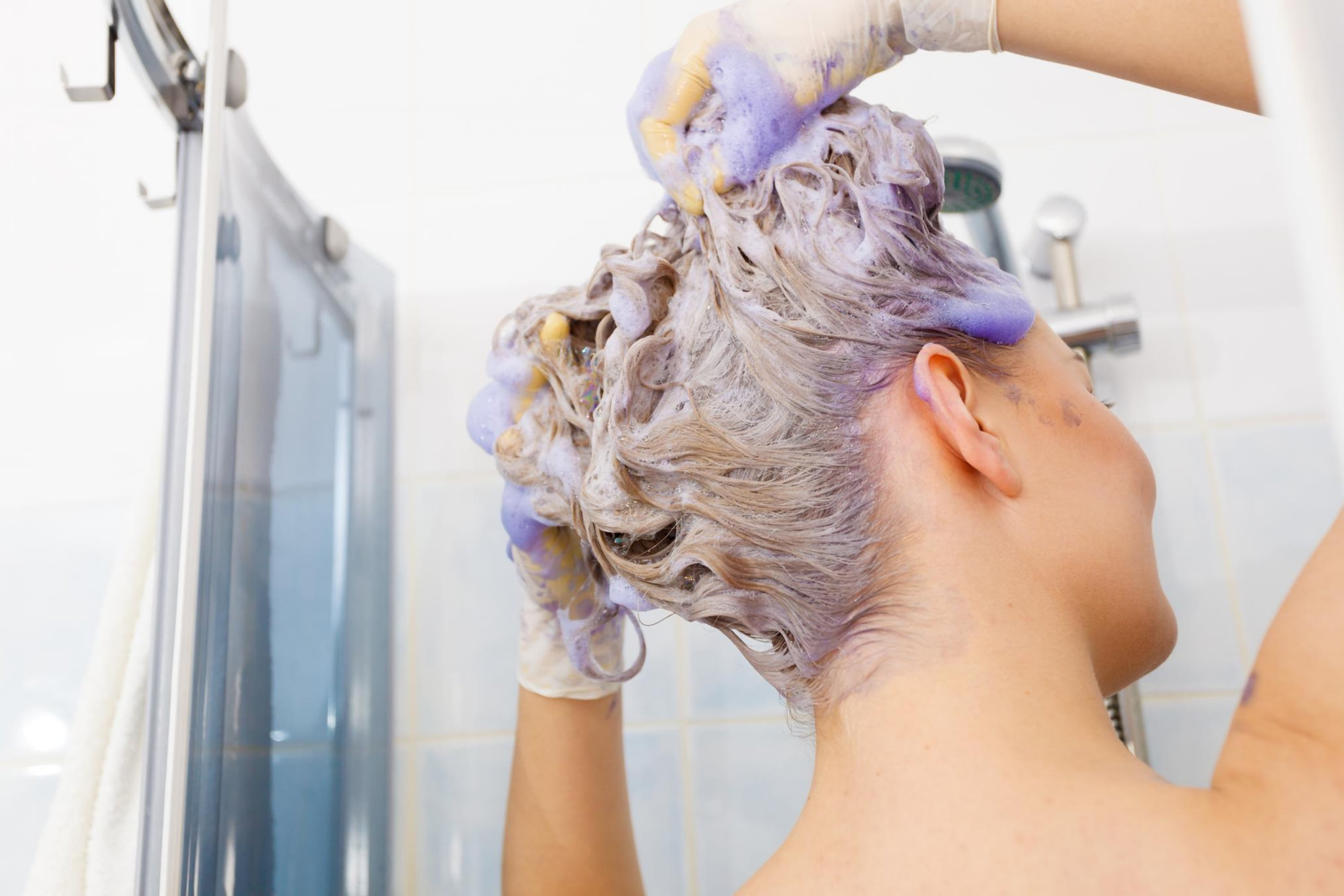
Stick to Ammonia-Free Toners!
This is the most obvious tip but people tend to forget about it for some reason. Since it is ammonia that causes all the damage to your hair, your goal is to find a toner that doesn’t contain it or only contains a little bit.
Yes, not all toners contain ammonia! But you might need to spend some time searching for a suitable product of course. Nevertheless, when you finally find an ammonia-free toner and moreover, when you try it, you will see the difference!
An ammonia-free product will cause minimal damage to your hair. The only possible downside is that it might not work as well as a product that contains ammonia. But if you need to correct your hair color and can see that your hair is already damaged after previous bleaching and dyeing sessions, then your only option is to apply an ammonia-free toner.
Remember to Use Hair Conditioner
Since toners tend to dry your hair, conditioning your mane is the best way to repair it after any color change. See, the rule is simple: your hair needs to be hydrated in order to repair the cuticle after applying ammonia.
We recommend you use a deep conditioner. It will form a protective film over your hair that will help you improve its appearance.
By the way, if you don’t have a conditioner on hand, you can hydrate your hair by using a hair mask! For those of you who have frizzy and brittle hair (which often happens after repeated dyeing and bleaching sessions), keratin treatment will be a great help.

Avoid Applying Hair Dyes to Your Hair Too Often
This is another obvious piece of advice: the best thing you can do to keep your hair safe and avoid drying it is to undergo hair dyeing procedures as seldom as possible.
So if you have recently dyed your hair, make sure you wait and let the damage heal and your hair rejuvenate and restore. If your hair is exposed to bleach or dye too often, its cuticles won’t have enough time to return to their normal condition!
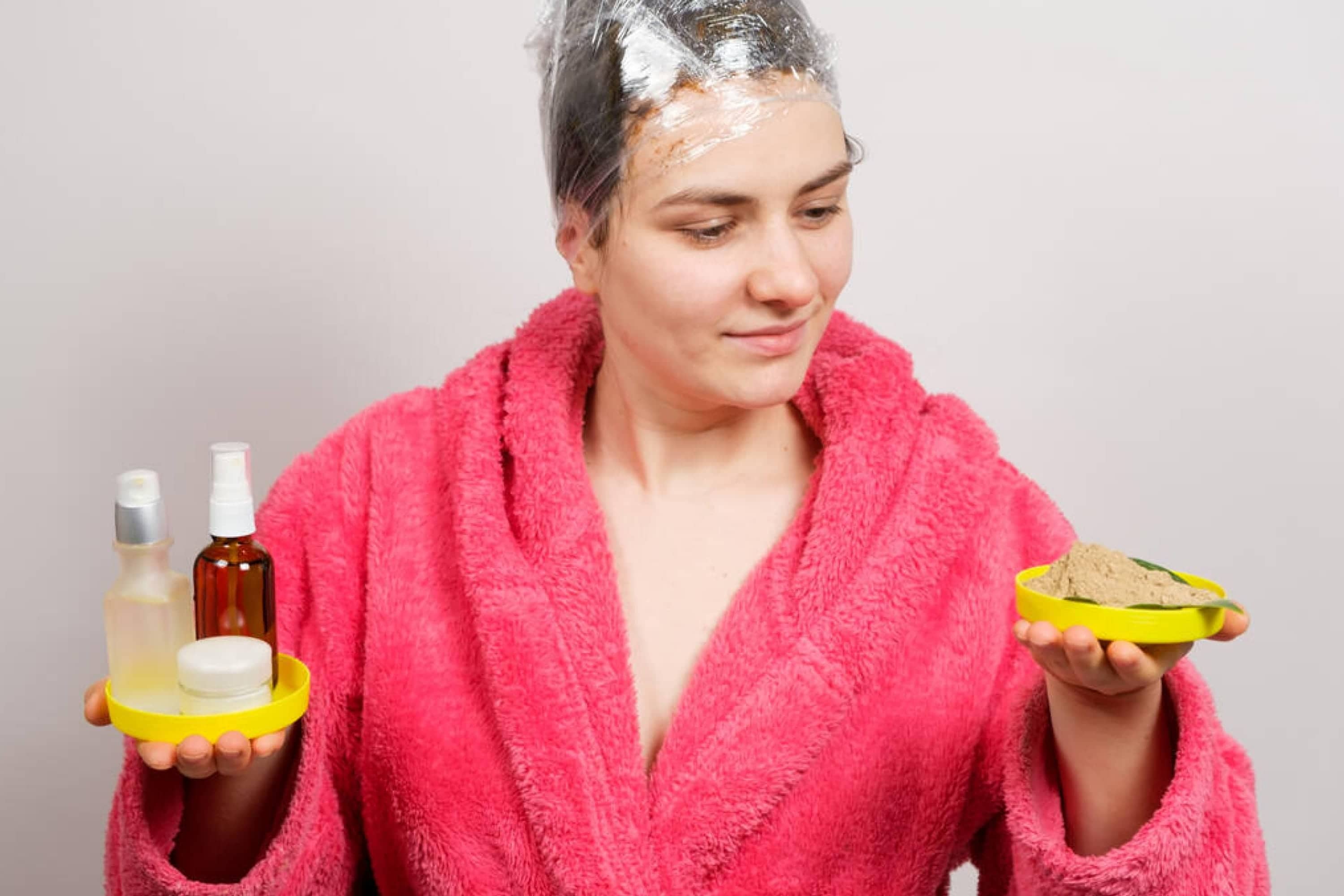
Try to Apply Shampoo Less Often
You probably know that hair shampoo (especially if it’s a clarifying type of it) can strip hair from its natural oils. As a result, the overall condition of your mane will worsen, leading to dryness and brittleness.
The solution is simple: try washing your hair less often or at least try using a dry shampoo. It will also allow you to keep your hair clean but at the same time, it will avoid removing natural oils.
Well, now you know the answer to the question “Does hair toner damage hair?”.
As you can see, it does. However, you can still use a couple of tricks to keep your locks from dryness and frizz. With the help of the tips we shared with you today, you will be able to protect your hair from damage as much as possible, especially if you are a frequent hair dye user.
But still, make sure you don’t apply these chemical products way too often! Your hair needs time to restore and bring back to its power and gloss!
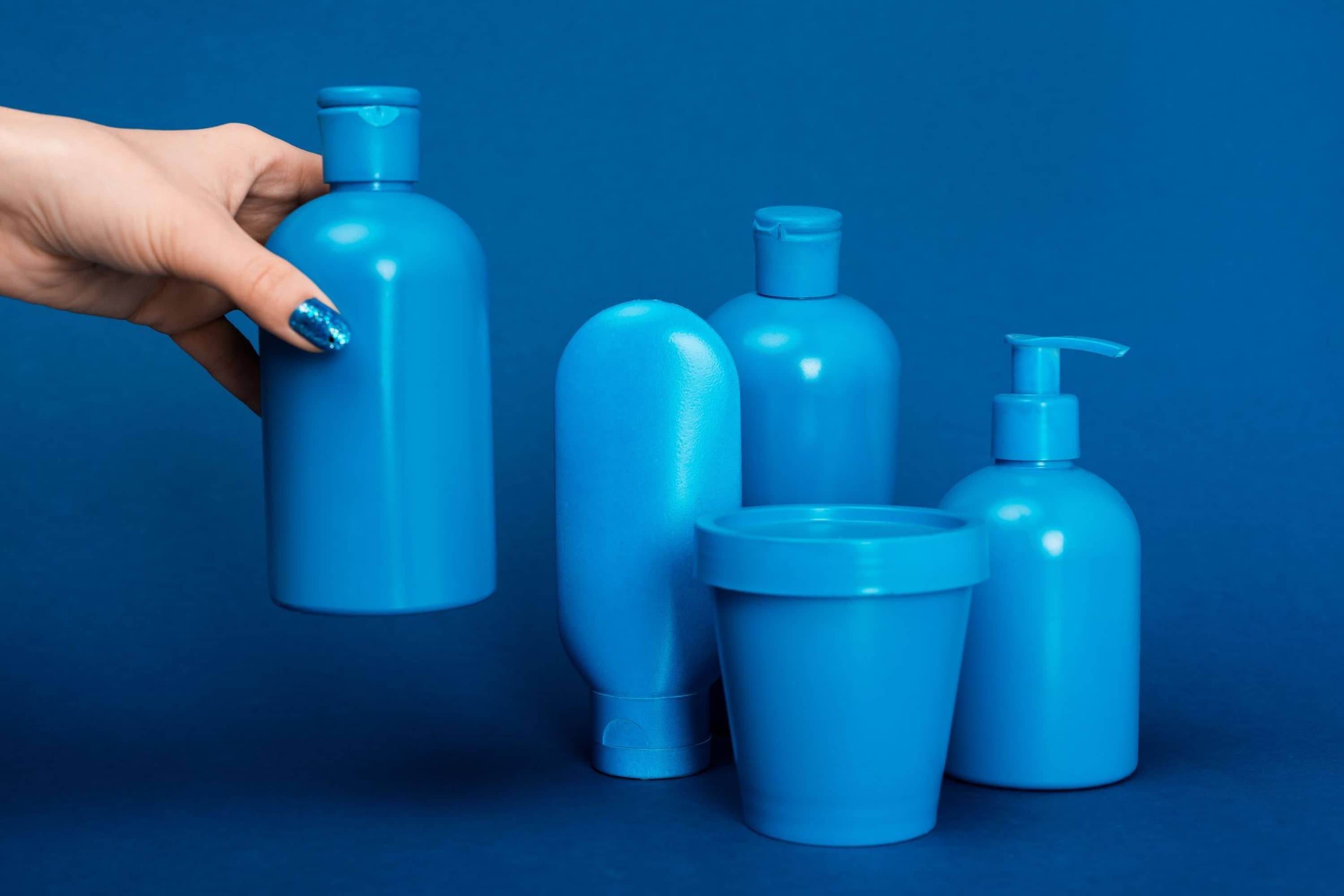
[wp-faq-schema title=”Frequently Asked Questions”]
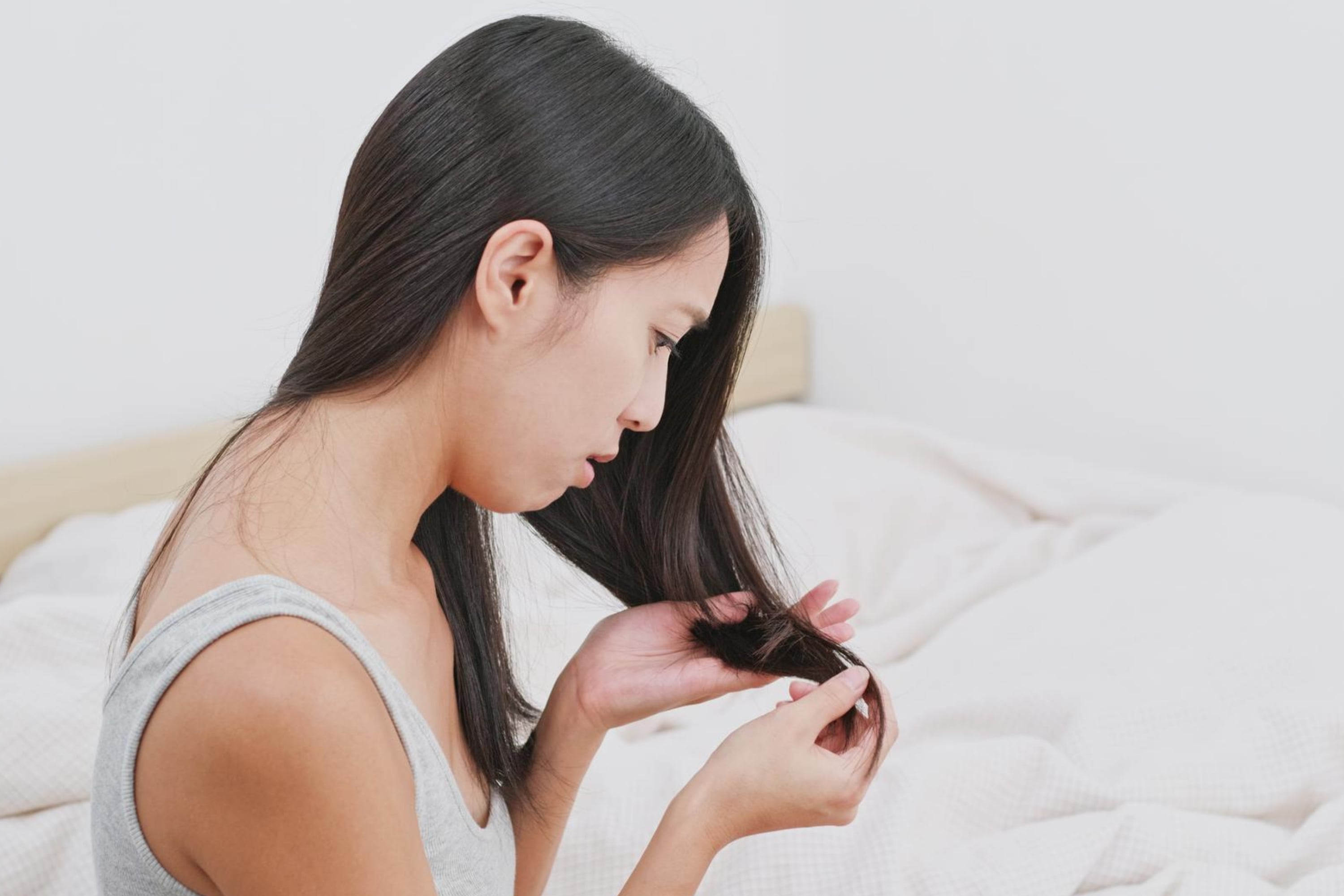
Hi! Look folks, I’m here for a bit of help. Here’s the thing: I have dyed my hair quite often, usually once a year or more to support the color. But now the whole chevelure is rather dry! And I’m simply afraid of using chemical products. So maybe you could suggest me something DIY or natural?
Hi! Well, I guess it depends on the type of damage you have. I guess you should have your hair examined by a specialist and then get a prescription of what to do to restore it. But I’d recommend you moisturizing hair masks, e.g., I use apple cider vinegar and honey. Only avoid coconut oil since it’s too heavy and can lead to hair loss since your hair is already weak!
Hello! You said it’s worth trying non-chemical hair toners for a safer toning. Could you recommend a couple of brands please?
Hello. you can try a few options for sure. E.g. the Mayraki Organic Hydrolyzed Keratin Instant Smoother System which is a purple toned keratin treatment. Also, ArtNaturals Purple Shampoo and Conditioner are good products that tone, balance, and protect silver-colored and bleached blonde hair.
I’ve been worried about using products on my hair. Can toner make your hair fall out?
While toner itself isn’t known to cause hair fall, improper application, using a toner with harsh chemicals, or frequent use can lead to hair damage and potential breakage. However, hair fall due to toner is rare. It’s always best to consult with a professional and follow the product’s instructions.
I’m considering getting a toner treatment at my local salon. Does salon toner damage hair?
When applied correctly by professionals, salon toners are generally safe and do not cause significant damage. However, like any chemical process, there’s a risk if the product is left on for too long or if the hair is already compromised.
Is it true that a semi-permanent toner can damage hair?
Semi-permanent toners are generally less damaging than permanent ones as they deposit color without requiring the hair cuticle to open as much. However, any chemical process has the potential for some damage, especially if misused.
I’ve been thinking about using Wella products. Does Wella toner damage hair?
Wella is a reputable brand, and many professionals use their toners. When used correctly, Wella toners shouldn’t significantly damage hair. Always ensure you follow the instructions and avoid over-processing.
I have brassy undertones. Does purple toner damage your hair?
Purple toners, which counteract yellow or brassy tones, don’t typically damage hair. They mostly deposit color to neutralize unwanted shades. As always, it’s crucial to use the product as directed to avoid any potential issues.
I’ve gone blonde and want to maintain my color. Does blonde toner damage hair?